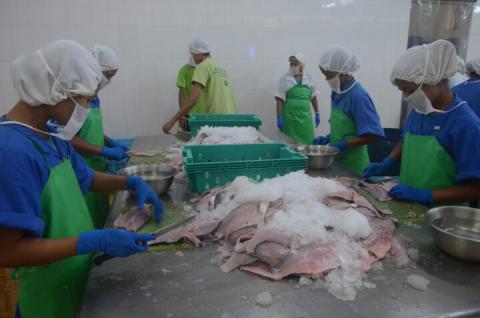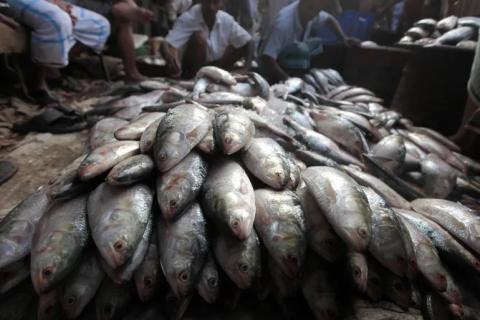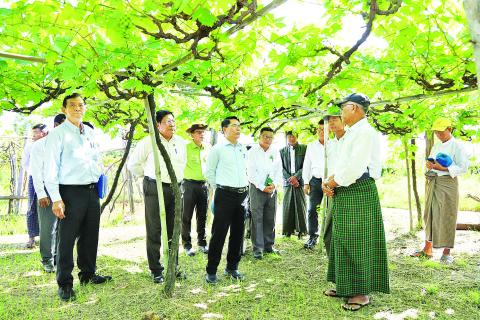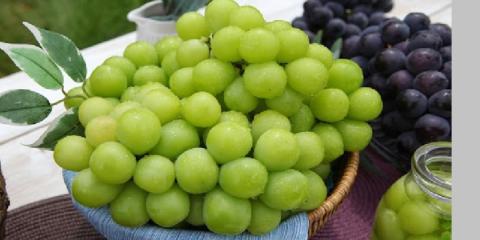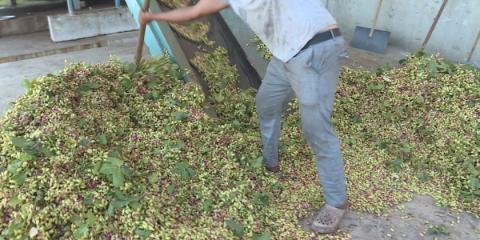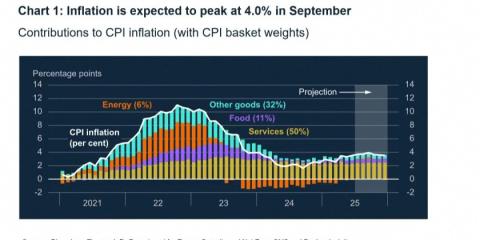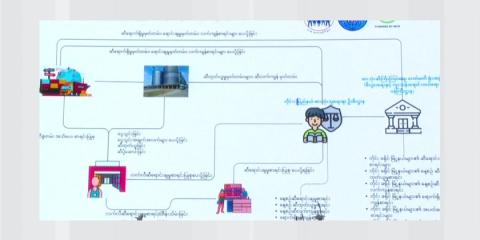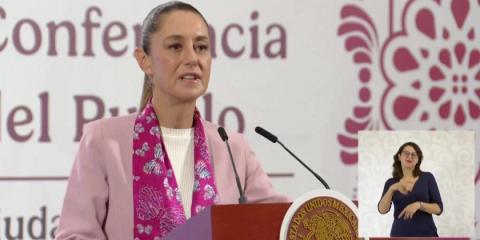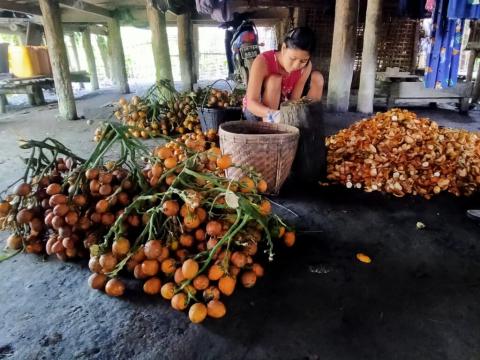A Launching Ceremony for the Digital Platform-based Edible Oil Distribution System was held at the conference hall of the Ministry of Commerce in Nay Pyi Taw on August 7, to ensure that the edible oil transported from the Yangon palm oil storage tank to regions and states, including the Naypyidaw Union Territory, to arrive with the specified quality and quantity within the set timeframe and to supervise the edible oil distribution process.
The Union Minister for Commerce U Chit Swe, attended and delivered a speech. In his speech, Union Minister U Chit Swe stated that the new digital platform-based edible oil distribution system must be used for supervision. He emphasized the need to successfully implement the system down to the retail level in the Nay Pyi Taw Union Territory and then extend it to other regions and states.
Following this, the Director-General of the Department of Consumer Affairs explained the reasons for implementing the new system, while the Chairman of the Myanmar Edible Oil Dealers and Manufacturers Association presented on the status of their collaborative efforts.
Afterwards, the Union Minister, Deputy Ministers, Joint Secretary of the Central Committee on Ensuring Smooth Flow of Trade and Goods, and a member of the Nay Pyi Taw Council officially opened the ceremony by cutting the ribbon. During the event, a representative from the technology company Capital Connect Limited gave a video presentation on the Edible Oil System for supervising distribution.
A representative from Taw Win Ekarit Company then explained the condition to monitor edible oil transportation in real time by using GPS and CCTV. Attendees were able to ask questions and discuss their queries.
mitv

